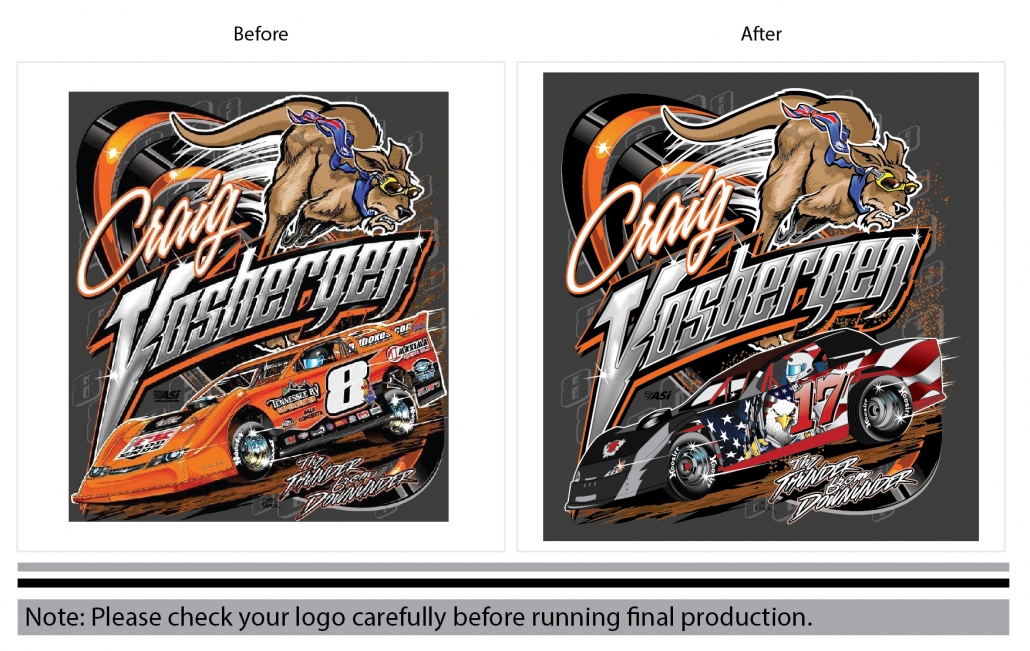🔸 Introduction
In an era where time, precision, and personalization define market success, digitizing services have emerged as the key enablers in modern manufacturing and design. Especially in 2025, we are seeing a shift from manual to smart digitizing, where AI, machine learning, and automation accelerate the transformation of ideas into finished products.
This article dives into how smart digitizing services are reshaping the design-to-production pipeline, empowering creators — from independent artists to global apparel brands — with unmatched efficiency, customization, and scale.
🔸 What Are Smart Digitizing Services?
Traditional digitizing involves converting a design (like a logo or artwork) into machine-readable formats (like DST, PES, SVG) for embroidery, engraving, or printing. Smart digitizing, however, goes a step further:
-
Uses AI to auto-detect stitch paths
-
Adjusts stitch density based on fabric type
-
Supports cloud collaboration
-
Generates machine-ready files with real-time previews
Smart digitizing services blend human creativity with automated intelligence — minimizing errors, time, and manual tweaks.
🔸 Evolution of Digitizing Services (2015–2025)
| Year | Key Milestone |
|---|---|
| 2015 | Manual vector tracing & basic software digitizing |
| 2018 | Rise of cloud-based file submission tools |
| 2021 | Mobile app support & batch conversion options |
| 2023 | Stitch simulation previews & material-specific settings |
| 2025 | Fully AI-integrated smart digitizing with AR previews & API-driven delivery |
🔸 Why Smart Digitizing Is Essential in 2025
-
⚙️ Automated Precision: Eliminate human error in stitch maps
-
⏱️ Speed to Market: Reduce file creation from hours to minutes
-
💰 Cost-Efficient Production: Minimize sampling waste and thread loss
-
🧵 Multi-Material Compatibility: Auto-adjusts for stretch, weight, or thickness
-
🖥️ Integrates with Production Software: Direct plug into garment, CNC, or print workflows
🔸 Who Benefits Most from Smart Digitizing Services?
🧥 1. Fashion & Apparel Brands
From boutique startups to streetwear giants, brands use digitizing to produce embroidery patches, monograms, and logos efficiently.
🪡 2. Embroidery Studios
Digitizing services allow them to take on more orders without hiring more staff.
🖌️ 3. Graphic Designers & Artists
They can convert artwork directly into embroidery-ready files — opening new revenue streams.
🏭 4. Manufacturing Units
Factories use vector-based digitizing for laser cuts, 3D printing, and CNC milling.
👜 5. Custom Merchandise Businesses
Custom mugs, shirts, hats — all start with digitized designs for thermal printing or stitching.
🔸 Key Features of High-Quality Digitizing Services in 2025
| Feature | Description |
|---|---|
| AI Stitch Mapping | Automatically selects optimal stitch styles |
| Real-Time Simulations | Shows how design will look on different fabrics |
| Format Versatility | Supports DST, PES, EXP, VP3, SVG, DXF |
| Cloud Upload & Approval | Collaborate remotely with clients or vendors |
| API Integration | Syncs with e-commerce or production software |
| Revision Tracking | Keep history of changes for all file versions |
🔸 The Complete Design-to-Production Pipeline Using Smart Digitizing
Step 1: Upload & Analyze
User uploads artwork (PNG, JPG, PDF). AI checks for clarity, size, resolution.
Step 2: Auto-Digitize & Simulate
System runs smart mapping to convert to stitches or tool paths and previews result on 3D garment mockup.
Step 3: Material Selection
User selects fabric type, and system adjusts stitch density and tension zones accordingly.
Step 4: File Delivery
Final DST, SVG, or DXF file is downloadable — with cloud storage and revision log.
Step 5: Machine Integration
File is used by embroidery machines, CNC routers, or 3D printers for actual production.
🔸 Real Use Case Example: Small Apparel Brand
Brand Name: ThreadWaves Clothing (Fictional)
Challenge: Needed to offer 48-hour custom logo embroidery for bulk corporate apparel orders.
Solution:
ThreadWaves integrated with a smart digitizing service offering API access. Designers uploaded logos via their Shopify backend. Within minutes, stitch-ready DST files were generated, pushed to Tajima machines, and production began within the hour.
Outcome: Reduced design approval from 24 hours to 3 hours. Increased sales by 62% in 3 months.
🔸 Common Mistakes to Avoid When Using Digitizing Services
-
❌ Uploading low-resolution logos
→ Always use vector or 300+ DPI images. -
❌ Ignoring fabric type
→ Let your digitizer know if it’s for denim, silk, or stretch. -
❌ Choosing incorrect file formats
→ Confirm your machine compatibility (e.g., .DST for Tajima). -
❌ Skipping test runs
→ Always run a small test before full batch production.
🔸 Future of Digitizing Services: What to Expect by 2027
-
🤖 Voice-to-Stitch Technology: Dictate your design ideas and auto-generate mockups
-
🌍 Decentralized Production: Order placement and file sending directly to local vendors
-
🪙 NFT-Protected Designs: Secure your embroidery file copyright on blockchain
-
🎨 Dynamic Stitch Color Change: AI will optimize thread transitions for realistic shading
🔸 Comparison: Traditional vs. Smart Digitizing
| Factor | Traditional Digitizing | Smart Digitizing |
|---|---|---|
| Time | 4–8 hours | 10–30 minutes |
| Human Input | High | Minimal |
| Accuracy | Medium | High (AI-enhanced) |
| File Formats | Limited | Versatile |
| Revision Logs | Manual | Auto-tracked |
| Customization | Basic | Advanced (fabric-aware) |
🔸 Conclusion
As industries shift toward automation, digitizing services are no longer an optional enhancement — they are the central nervous system of modern design-to-production pipelines. Whether you’re a small embroidery shop, a merch brand, or a large-scale factory, adopting smart digitizing unlocks:
-
Better designs
-
Faster output
-
Less waste
-
Higher customer satisfaction
In 2025 and beyond, smart digitizing will be the heartbeat of personalized production.
❓ FAQs About Digitizing Services
Q1. Can I digitize from hand-drawn sketches?
✅ Yes! Many services now auto-vectorize and digitize pencil drawings.
Q2. What’s the average cost per file?
💲 Between $5–$25 depending on complexity and turnaround time.
Q3. Which machines are supported?
🧵 Tajima, Brother, Janome, Ricoma, Barudan — most major brands.
Q4. How do I preview designs before production?
👕 3D simulations or sample runs are available in premium plans.
Q5. Do I own the digitized file?
📂 Yes, most services offer full ownership unless stated otherwise.

